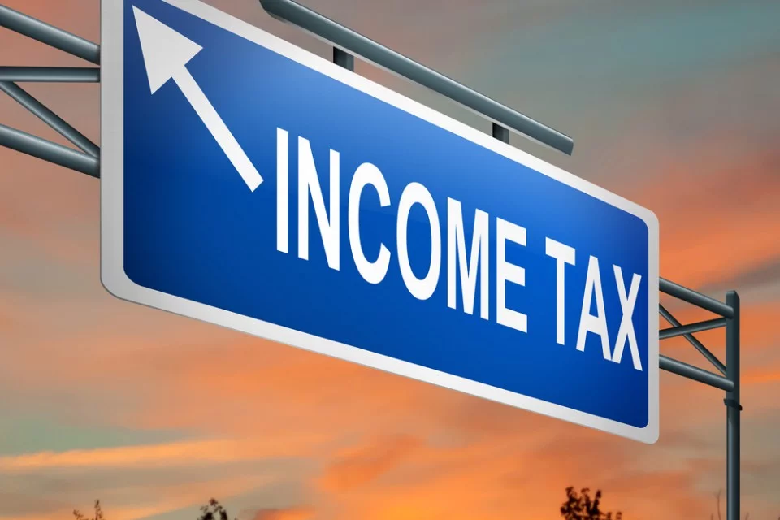The Income Tax [IT] Act, 1961 lays down stipulations for the payment of income tax. Income from salary is one of the numerous categories that an individual may receive income from. To know your tax brackets, go through the income tax slabs of 2017-18.

Salary is received by the employee from the employer, and includes various components such as Gross salary, Leave pay, Gratuity, Provident Fund [PF], and Employee State Insurance [ESI], among others.
Deductions allowed on Income from Salary
According to Section 16 of the IT Act, an employee may claim for the following two deductions.
- Deduction for professional tax
Under Section 16(iii), professional tax is allowed for deduction while calculating taxable income from salary. It is important to note that professional tax rates vary based on the monthly gross salary of salaried professionals.
- Deduction allowed for entertainment allowance
Under Section 16(ii), a deduction under entertainment allowance may be availed of by government employees.
Computation of income tax on salary
Though many are intrigued by the entire process of income tax calculation and the incomes tax rates that they must follow, it is quite simple. Your income chargeable for tax under Salaries will have the following major components:
- Basic pay
- Dearness allowance (DA)
- Salary arrears
- Gratuity (Subtract the amount of gratuity exempted)
- Interest on PF in excess of the notified amount
- House rent allowance (HRA) (Subtract the amount of HRA exempted)
- Amount received through Voluntary Retirement Scheme (VRS) or retrenchment compensation (Subtract the amount exempted)
- Leave encashment (Subtract the amount of leave encashment exempted)
- Pension (Subtract the amount exempted)
- Employer’s contribution towards PF (in excess of 12%)
- Leave travel allowance (LTA) (Subtract the amount of LTA exempted)
The sum of the aforementioned headers amounts to the total gross salary. You may subtract the deductions under Section 16to arrive at the income chargeable for tax under salaries.
Income tax rates
If you are a salaried individual paying tax, it is imperative to have a thorough knowledge of the income tax slabs of 2017-18. Individuals who earn an annual income of less than INR 2.5 lakh need not pay income tax. Those in the slab of INR 2.5 lakh up to INR 5 lakh, are required to pay tax at the rate of 5%. Income tax rates for those earning above INR 5 lakh up to INR 10 lakh is 20%, whereas individuals earning INR 10 lakhs and above will pay taxes at the rate of 30%.
Assume your net taxable income from salary is INR 7,11,000. On the first INR 2.5 lakhs, no income tax will be levied. For the next INR 2.5 lakhs, 5% will be charged as per the income tax slab for A.Y 2018-19. On the remaining INR 2,11,000, an income tax rate of 20% will be levied.
Use the aforementioned information to understand the process of computation of income tax on your salary in depth and file your taxes on time.

